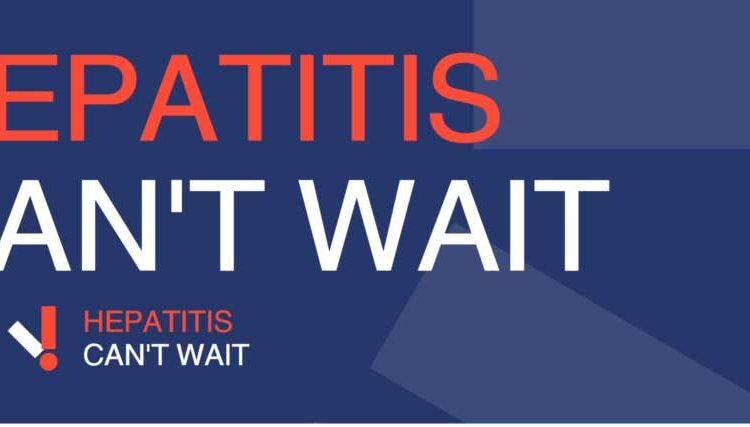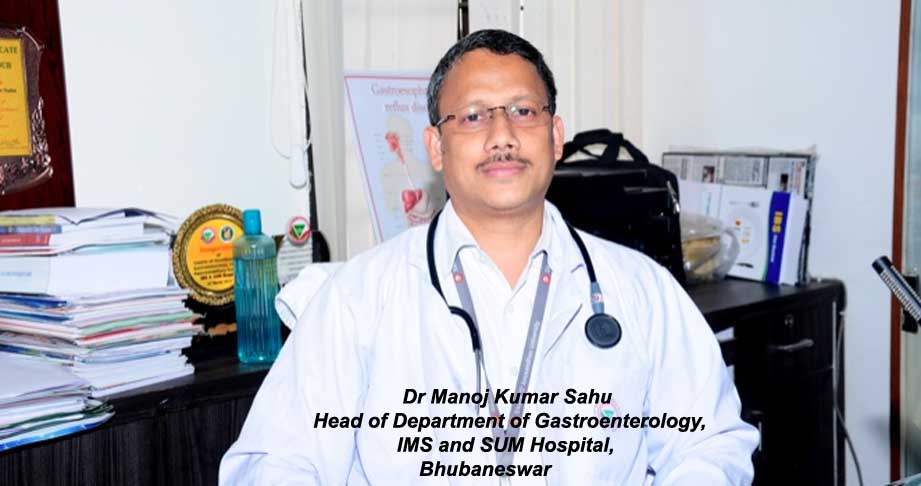Hepatitis is an inflammation of the liver caused by infectious and non infectious causes. It is a public health threat because of the burden of illness and death it causes globally and in India, with a person dying every 30 seconds from a hepatitis related illness. Among the infectious causes, there are five main viruses– type A, B, C, D and E– responsible for causing viral hepatitis. Type B and C infections are the most common cause of liver cirrhosis (scarring) and liver cancer in our country.
Hepatitis A and E infections are transmitted by ingestion of contaminated food and water. Hepatitis B, C and D are spread by contact with blood and infected body fluids– the same way HIV enters the human body. But Hepatitis B is 100 times more infectious than HIV. They do not spread by sharing of utensils, food or drinks, breastfeeding, hugging, coughing, and sneezing. So the infected people should not be discriminated at home, at the workplace, in the hospital or in the society.
As the world celebrates decreasing mortality due to HIV/AIDS, tuberculosis and malaria, our community is alarmed at the rising number of deaths from viral hepatitis – a staggering 1.1 million each year that has increased by 22% since 2000. There are 3 million new infections per year.
Approximately 400 million people worldwide are infected with Hepatitis B and C and if left untreated they progress to liver cirrhosis and other deadly complications, including liver cancer, liver failure and premature death. Most people who are infected with Hepatitis B or C are mostly unaware of their infection as no symptom manifests initially. It is scary that 95% of people living with viral hepatitis remain unaware that they are carrying a deadly infection, they are at high risk of developing chronic liver disease and complications and unknowingly transmit the infection to healthy people. Without tracing the undiagnosed and linking them to care, millions will continue to suffer and precious lives will be lost.
Hepatitis A and E cause acute infection, which subsides within a couple of months, whereas Hepatitis B and C in addition cause chronic infections and subsequent complications. Acute infection occurs with minor or no symptoms, or may have jaundice (yellowing of the skin and eyes), dark urine, extreme fatigue, nausea, vomiting and abdominal pain. Most patients fully recover, but a small proportion die from acute hepatitis. Hepatitis E is the commonest and Hepatitis B the second most common cause for acute hepatitis in India. Women are at risk of death if they acquire hepatitis E infection during pregnancy. Hepatitis B is the common cause of chronic hepatitis, cirrhosis and liver cancer in our country.
Viral hepatitis, the deadly disease can be prevented. Prevention of Hepatitis A and E infection can be achieved by improvement in sanitation and sewage disposal, measures for water and food safety. Safe and effective vaccines are widely available for the prevention of Hepatitis A. HEV vaccine will be available in India soon. For Hepatitis B, the deadliest virus, a vaccine is available since 1982 which has an outstanding record of safety and effectiveness. It can be administered to any age and even in pregnancy. Protection lasts for lifelong, no booster injection is required. A single time vaccination, administered once during lifetime can prevent the deadly Hepatitis B infection. There is no vaccine for hepatitis C but research is on and the remedy depends on prevention of transmission into our body.
Those who are already infected and diagnosed early, very effective medicines are available, a single tablet for three months can completely cure Hepatitis C, and for Hepatitis B medications suppress the infection and prevent development of complications. Early diagnosis provides the best opportunity for effective medical support and prevention of further spread in the community. For very advanced disease, liver transplantation is the option, where the diseased liver is replaced with a healthy liver.
World Hepatitis Day (WHD) is observed each year on 28 July to raise awareness on viral hepatitis. This year’s theme is “Hepatitis can’t wait”, conveying the urgency of efforts needed to eliminate hepatitis as a public health threat by 2030.– even in the current COVID-19 crisis – we can’t wait to act on viral hepatitis.
A WHO study found that an estimated 4.5 million premature deaths could be prevented in low- and middle-income countries by 2030 through vaccination, diagnostic tests, medicines and education campaigns, raising awareness about the global burden of viral hepatitis. To achieve elimination, greater awareness, increased diagnosis and key interventions including universal vaccination, blood and injection safety, harm reduction and treatment are all needed. A hepatitis-free future is achievable with a united effort
The department of Gastroenterology at IMS and SUM Hospital at Bhubaneswar is the only of its kind which has been providing free screening and vaccination for Hepatitis B for the last 9 years. It is engaged in creating awareness among the people with a goal towards elimination of hepatitis. Siksha ‘O’ Anusandhan (Deemed to be University) of which the teaching hospital is a constituent, has also drawn up plans to take up a project for Hepatitis care among the tribal population of the state.


